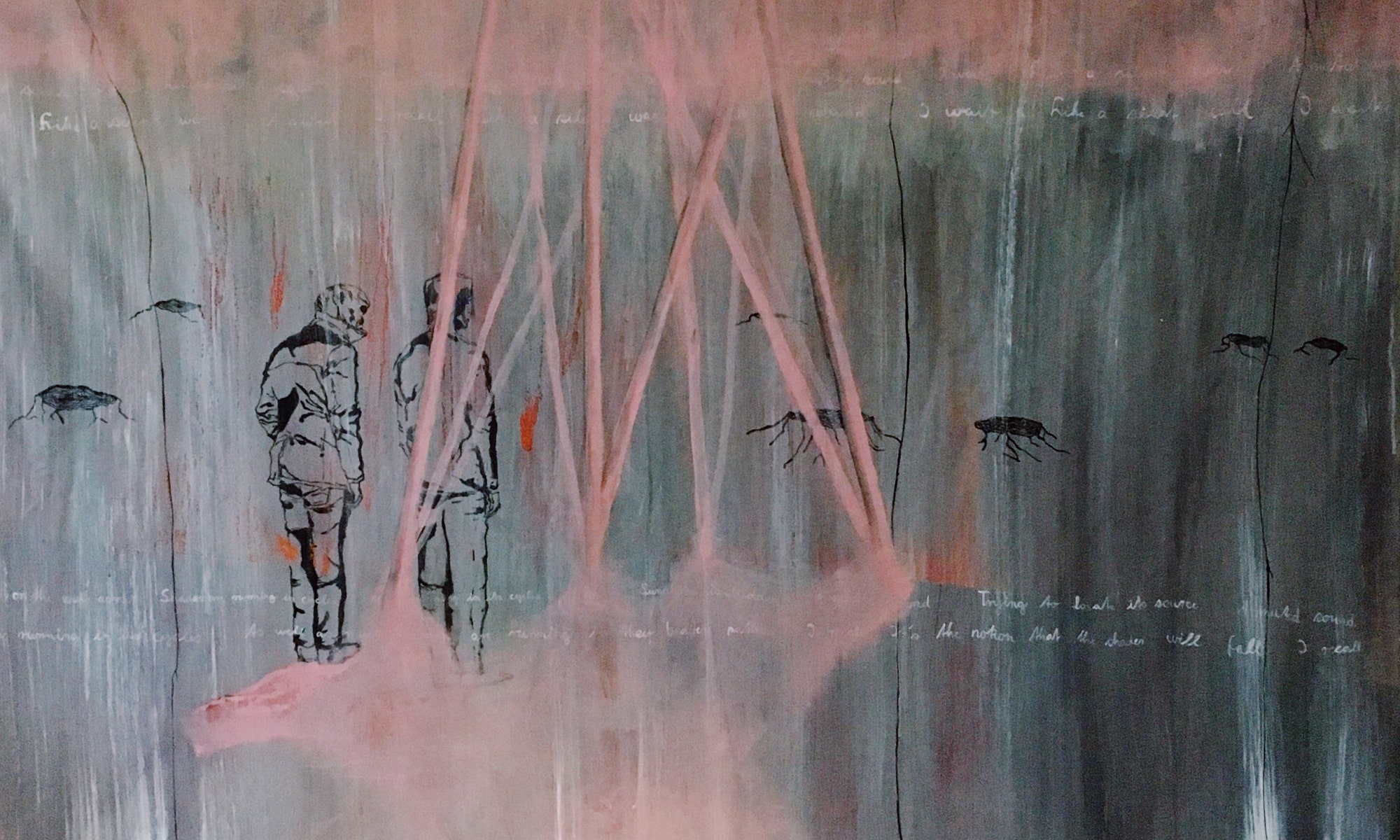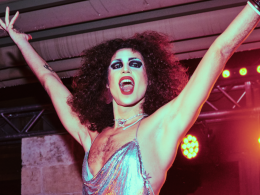Lys, Christian Löffler’s newest album, was created as a sequel and contrast to Graal, its predecessor. It was the result of a six-months hard work period in the studio, during which the artist concentrated on a healthy routine and let himself inspired mainly by nature and light, “lys” in Danish. The album was released via Ki Records, Christian Löffler’s own label launched in 2009, as a platform for music which inspires him. It features the vocals of Josephine Philip, Menke and Mohna who helped him create a journey into the feelings of the words and the music.

You have been on the scene for a while now. Who is Christian Löffler today?
The first music I released came out in 2010. Of course, over the years you evolve as a person, as well as an artist. When I started, everything was so new to me. I have never been a clubber and I never went to many festivals. I remember playing at Panorama Bar in Berghain the first time, it was also the first I ever visited the club. I lived this same situation many times. Over the years I met many people from the scene and made many friends. I also overcome my nervousness of being on stage and now I enjoy playing much more. That’s what I love about being more experienced, for example.
How did you get to the idea of Lys, and what was it like to work on the album?
The idea came from being stuck with music production after heavily touring between 2017 and 2018. I tried to work out new strategies to gain new creativity and got back into drawing, which I mostly used to do before music. I was studying art before releasing my first album, and again soon after. It was very inspiring to use other tools rather than only music to give birth to my ideas. I quickly felt the urge to write new music and that’s when I started working on Graal. Once finished, I also wanted to create actual paintings, and the idea of Lys was born. The first piece I painted is the cover of the new album. At that point, I realized that it was a project I wanted to finalize.
What inspired you the most while working at the album? And in general, where do you get your inspiration from?
The album was inspired by the light in the north of Germany, where I live, and of Scandinavia, where I went for several trips in the last few years. After starting to paint again and photographing a lot, I realized how important light is for my work. I’m following a concept naming my albums after places that help me focus and enable my productivity as an artist. To start, A Forest – my first album – which describes a period in my life where I was finding peace in long walks into the forests close to my hometown. I recorded many sounds out there, which I still use in my productions today. A few years later, I moved closer to the sea. Living at only 300 meters from the Baltic sea inspired me to create my second-long player, Mare. In 2017 I started painting again, which helped me to find inspiration for new music. After spending a few weeks in Denmark, chasing the beautiful northern light with a camera and painting, I decided to name the new album “Lys”, which means light in Danish.
Generally, I get very inspired by the area that surrounds me. That’s why I chose to live in a secluded area in the Northeast of Germany. There are not many people here and it’s usually very quiet. I’m very close to the sea and I usually go for a morning run through the coastal forest to find focus. It really helps me to concentrate on my work. On the other hand, I really love touring and visiting new places and people. It’s great to have both things in my life. I’ve just been to Japan for the first time and I loved it. But a big part of inspiration definitely came from getting back into art. I discovered and re-discovered many painters and visit exhibitions wherever I have a tour stop. I’m so fascinated by physical art, especially by the power of colours on canvas.
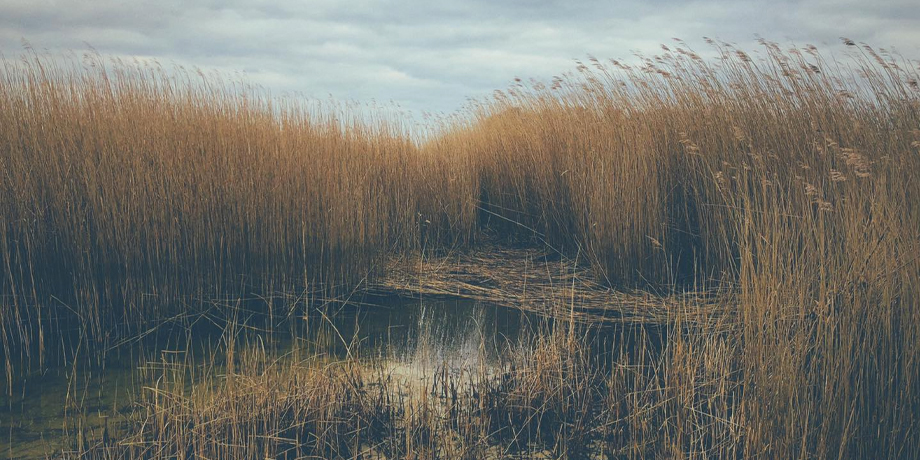
You defined it as “a sequel and contrast to Graal, its predecessor“. Can you explain this concept better?
The contrast lies in the origin of both albums. Whereas Graal is born from rough drawings and sketches I made while touring, Lys is a full studio album I created over a longer time in my studio; also the paintings took much more time to be finished.
The two approaches were very different. What are the main differences you noticed? Which did you like the most?
It was an experiment for me to find out where the differences between both methods lie. Both work for me. Especially when I’m touring, it’s difficult to find time to work in the studio, so creating something in a much rougher manner helped me to keep the ball rolling. On the other hand, I love being in the studio and getting lost in the smallest details. I can’t decide which approach works out better for me, but they both definitely help you to approach your art in a rougher and kind of naive way.
What’s the message behind Lys, and could it be considered your most important artwork to date?
I think the message behind this album is not to give up living your life and to not get overwhelmed by all the things that surround us 24/7. Nowadays you get the feeling that you have to be part of everything and have an opinion about every subject, at any time. I just want people to enjoy the music, sit back and have a good time with the track. And yes, I think it’s my most important work to date until I start working on the next album.
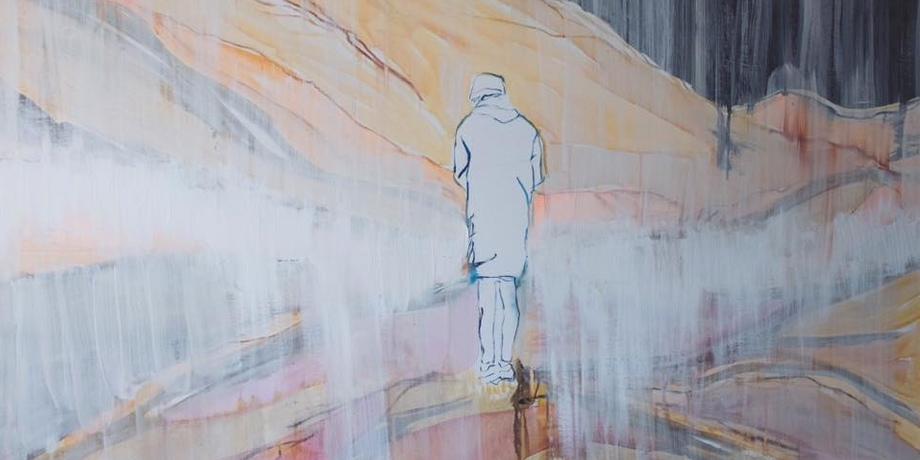
The tracks are very poetic and romantic. How was it to work on something (apart from a few tracks) quite far from the dance floor?
Actually, I finished much quieter music. While working on the album I got inspired by club music again and some ideas became a bit more up-tempo. But I never really think about it. It’s just the music that is coming out of me in that moment. Maybe club music doesn’t influence me much these days, and that’s why the album feels quiet, compared to earlier albums; although connecting traditional songwriting with dance music is something I’ve always tried to do.
You created various tracks, such as “The End” or “Lys”, collaborating with other artists. How did you get to these collaborations?
“The End” was written with my friend Josephine Philip, from Copenhagen. I met her a few years ago while working with my mastering engineer on Graal, in his studio. I was a big fan of her band Darkness Falls and also loved the sound of her voice when she collaborated with Trentemøller. We just kept in touch, sending ideas back and forth via email and came up with our first song “Running”. We kept working on a few more songs and eventually came up with the idea of “The End”.
“Lys” is the song that came from the collaboration with Sara Menke, a Swedish multi-instrumentalist. I met her while I was in Stockholm working in the studio of a friend. We spoke about her music and inspirations and we decided to work on a few projects. First, I remixed one of her solo pieces and after that, we kept working on a few ideas. One of these was what then became “Lys”.
Name your favorite one(s).
It’s difficult to name a favorite but to be honest, I’m really satisfied with “The End”. I remember getting the first ideas from Josephine after sending her the instrumental part. I kept repeating the song in my head, and that rarely happens with my own music.
As an album wasn’t enough, you also created music videos. What’s the idea behind this choice?
I always try to collaborate with friends who work in the visual field. A part of the lyrics for “Noah” say “silence is calling you“. I got in touch with Mishka Kornai, who wanted to create a video about people still using phone boots. I was thinking more about things which are changing in our lives, things that are disappearing: letters, for example. I don’t remember when I used one the last time, but there are people who are still using them and I believe there’s a story behind. Why are they doing it, how does it feel using it today, is it still easy to communicate like this?
Nowadays, maybe because of streaming services, not many artists work on video productions. Do you think it’s something that the industry lacks? Or could it be considered as “a bonus”?
To me, it’s definitely a very important part of the whole idea I want to express. I think that because of YouTube it’s becoming more relevant again; I’m gaining more followers on that platform lately. I don’t think it’s only a bonus, it can help a lot to explain your ideas and the meaning behind the music.
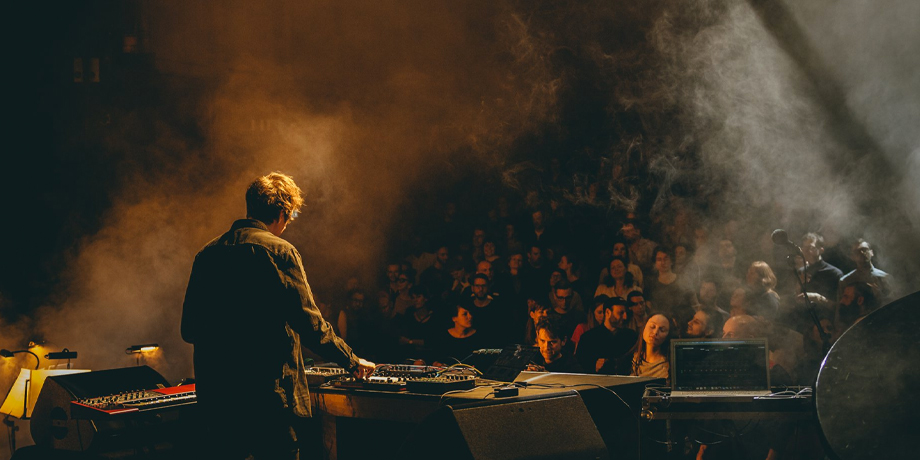
Overall, would you define yourself satisfied? Or are you craving to work even harder?
To be honest, there’s only a very short moment after finishing a new record where I feel really satisfied. Actually, it’s more the times in which I think that I could have done much better and I only notice the details which are missing. Right now, I feel like I want to start working on the next album, just to bring out all the ideas that are still inside me.
When do you think an artist can define him/herself satisfied? In your opinion, does all this ever get to an “endpoint”?
That’s an interesting question, I find myself discussing it with friends from time to time, and it’s something I’m also a bit scared of. I believe that when you get to be really satisfied with your art, then you definitely are at an endpoint. Although I think you’re never really totally satisfied, there’s always something that could have been done or expressed better. But it’s difficult to tell now. Personally, I can say that I love so many different genres that if I ever felt like coming to an end with this project, I would probably start over under a different alias, or focus more on painting or other physical arts.
Talking of which, what do you think is the best way to connect more types of art in one?
I always had a strong vision of what I want to express with my work. Not only musically but also visually. That’s why I always designed the whole artwork myself, from the first record onwards. I love finding song names but also finding the perfect type for the artwork to underline the meaning, for example.
We are living a very difficult moment due to the emergency of Covid-19. How do you feel about having published your artwork in such a moment? In your opinion, can music help in difficult moments?
At first, I thought it may be too difficult and it could have possibly got overshadowed by other news. After receiving so many positive reactions by people enjoying the album online, yes, I realized that music can really help and that it’s important to give something in such moments. I definitely feel like the record has been really appreciated.
What do you think are going to be the consequences of this moment in the music industry? A lot of artists have cancelled or postponed their gigs.
I can’t tell how the long-term situation will be; my album tour has been almost fully postponed. Of course, I wasn’t happy at all, but it will happen sooner or later, and I can’t wait to share my new music and connect with people again.
From this studio time, we are all expecting a wave of a lot of new music…
I’m sure we will get a lot of fresh and inspiring new music in the next months. Many friends who were actually only touring are now stuck in the studio, and I’m sure they’ll come up with some amazing stuff soon. I’m definitely very excited about what this moment will sound like.
On your side, having just released such an important work, what are your next steps?
Personally, I’m still in the post-album release phase and I’m still figuring out in what direction I want to go with my new music, but I’m in the studio finishing a few paintings I started while working on Lys. Moreover, at the moment I’m getting ready for the album tour, even though it’s postponed. We have a special light and visual design that show new parts of the artwork and paintings coming all together now. I’m very excited to bring all this on stage, hopefully very soon.
(Cover Image © Christian Löffler)







